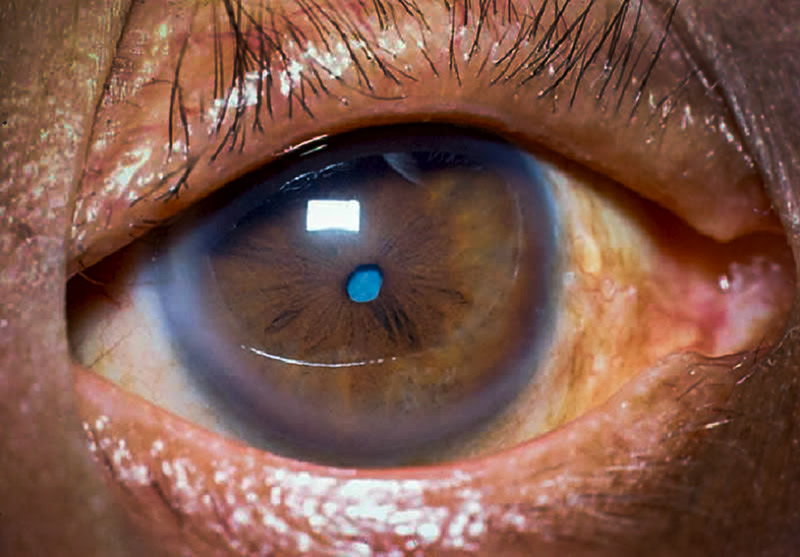
Mindful of patients’ frequent disappointment over astigmatism, Dr. We keep all options available, including limbal relaxing incisions or a toric IOL.” Even three-quarters or a half of a diopter of astigmatism after surgery can really degrade the quality of vision. This is critical if your goal is to reduce spectacle dependence after surgery. “We’ll diagnose irregular astigmatism or keratoconus in patients who didn’t know they had these issues. “I’m checking for pathology and astigmatism,” she notes. Hatch says she analyzes corneal topography-and more-on every preop patient by using an OPD-Scan III (Marco/Nidek).

Manage cases of astigmatism realistically.ĭr. And it helps me set reasonable postop expectations for my patient,” he says.Ģ. I think it’s important to capture any findings that may affect a patient’s surgery and his postop vision in the future. “I often pick up on an epiretinal membrane that’s pretty hard to see without an OCT scan. Crandall, MD, senior vice-chair, Department of Ophthalmology & Visual Sciences at the University of Utah’s Moran Eye Center, orders an OCT on every cataract surgery candidate. “If the patient’s vision gets worse after you put in a multifocal, that could create some serious unwanted issues.”Īlan S. “I worry about degrading the patient’s vision,” she says. Hatch, MD, director of the refractive surgery service at Massachusetts Eye & Ear and an assistant professor of ophthalmology at Harvard Medical School, agrees that implanting premium IOLs in the presence of AMD isn’t worth the risk. “If you need to do regular cataract surgery, you’ll want to do an ultrasound to also rule out pathology in the retina, such as a mass, a tumor or a detached retina.” “Remember, also, that if you’re planning to implant a premium IOL, you need to examine the retinas of both eyes, because eventually both eyes must be acceptable for the premium lens,” says Dr.

Miller says should rule out the use of these lenses: “You also need to obtain an OCT before considering a premium IOL.”īelow are some of the conditions that Dr. Miller, MD, Kolokotrones Chair in Ophthalmology at the University of California, Los Angeles. “It should go without saying that if you can’t see the back of the eye, you’re not going to implant a premium IOL because patients won’t be happy with their vision afterward,” says Kevin M.

If any of these problems sound familiar-or if you don’t want them to become familiar-follow these five tips to steer clear of trouble. P erhaps you didn’t pay enough attention to the retina before implanting a premium IOL, got fooled by a patient’s masked corneal astigmatism, committed to a wound size that was too small, struggled with small pupils or made an intumescent cataract burst from an ill-advised approach.


 0 kommentar(er)
0 kommentar(er)
